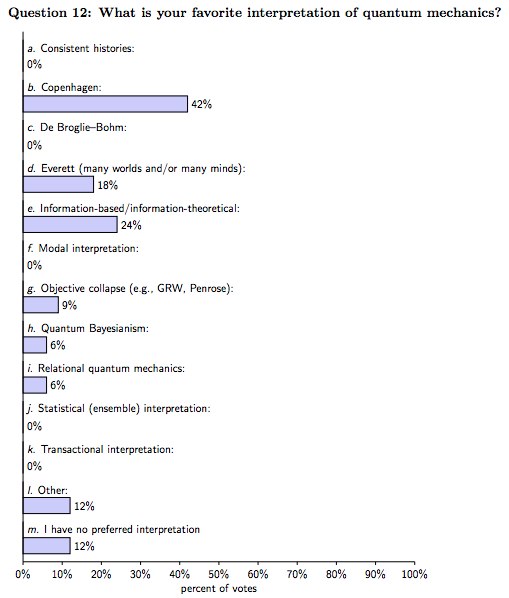None.
It is, however, actually simpler than other theories, in that if you just let quantum mechanics do it's thing without extra (unknown) parts to limit it, it produces many worlds. So, by Occam's razor...
Specifically:
Quantum systems are in more than one classical state at a time, unavoidably. You can see this in the double slit experiment. Even if you send a single particle at a time through the slits, it passes through both and creates the interference pattern. (There's also ways to formally prove that making quantum mechanics normal would require fate, or faster-than-light trickery which would actually be worse than fate)
Early physicists were very confused by this. The Schrodinger's cat was used as a thought experiment meant to illustrate how that's absurd, and it was decided there must be something that causes quantum states to "collapse" to one state before they can cause any trouble.
That's not definitely wrong, and it's still debated in versions by modern theorists, but it turned out not to be necessary. The reason for that is that if a part of a quantum system becomes entangled with something outside of it, the interference will no longer happen, and it becomes indistinguishable from multiple slightly different copies of the same system.
